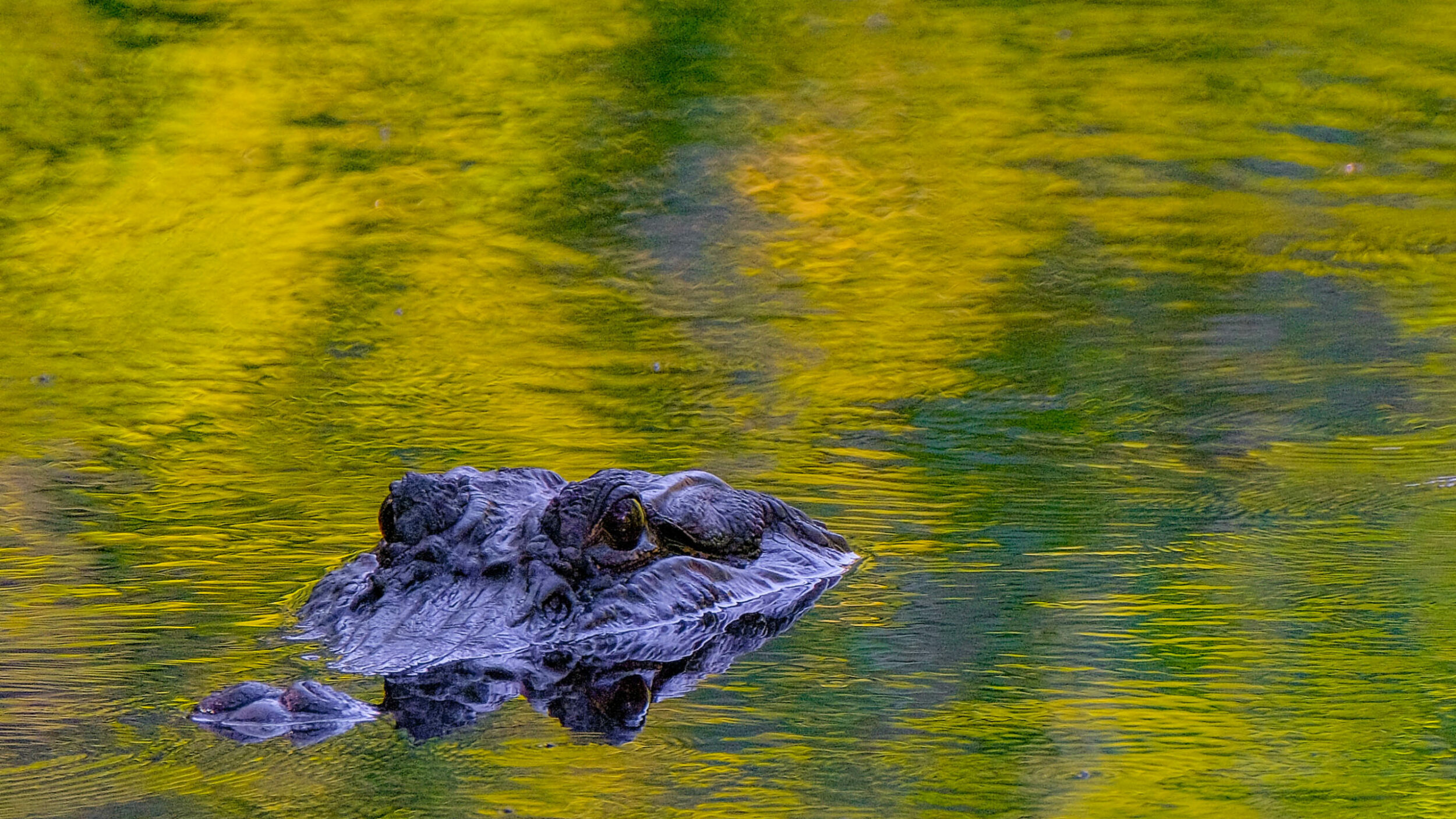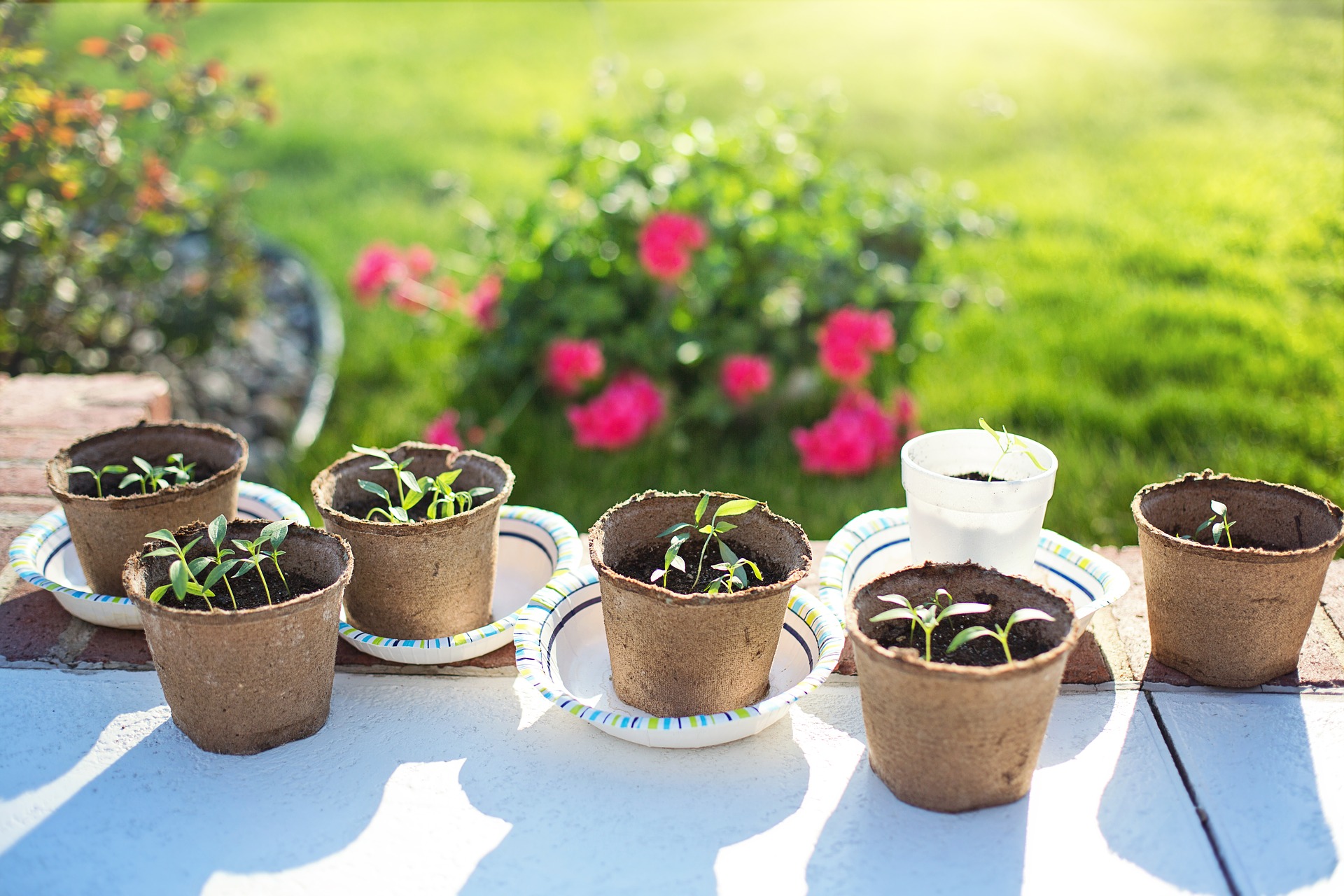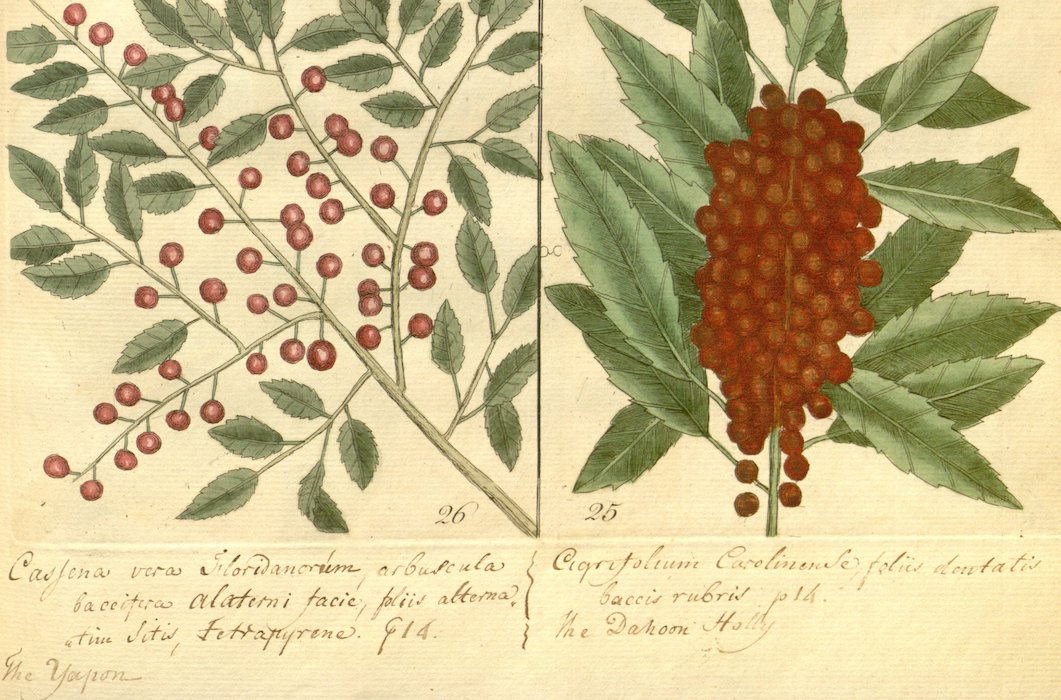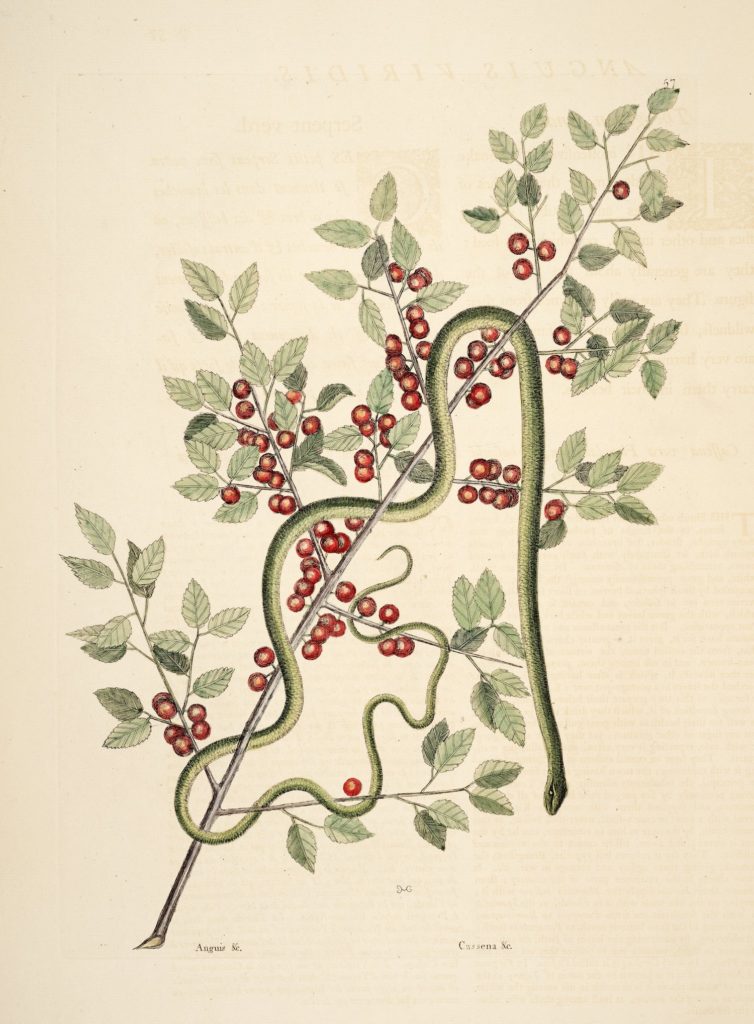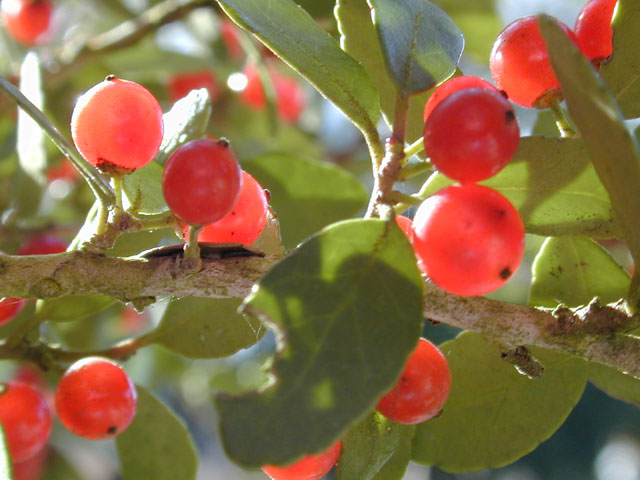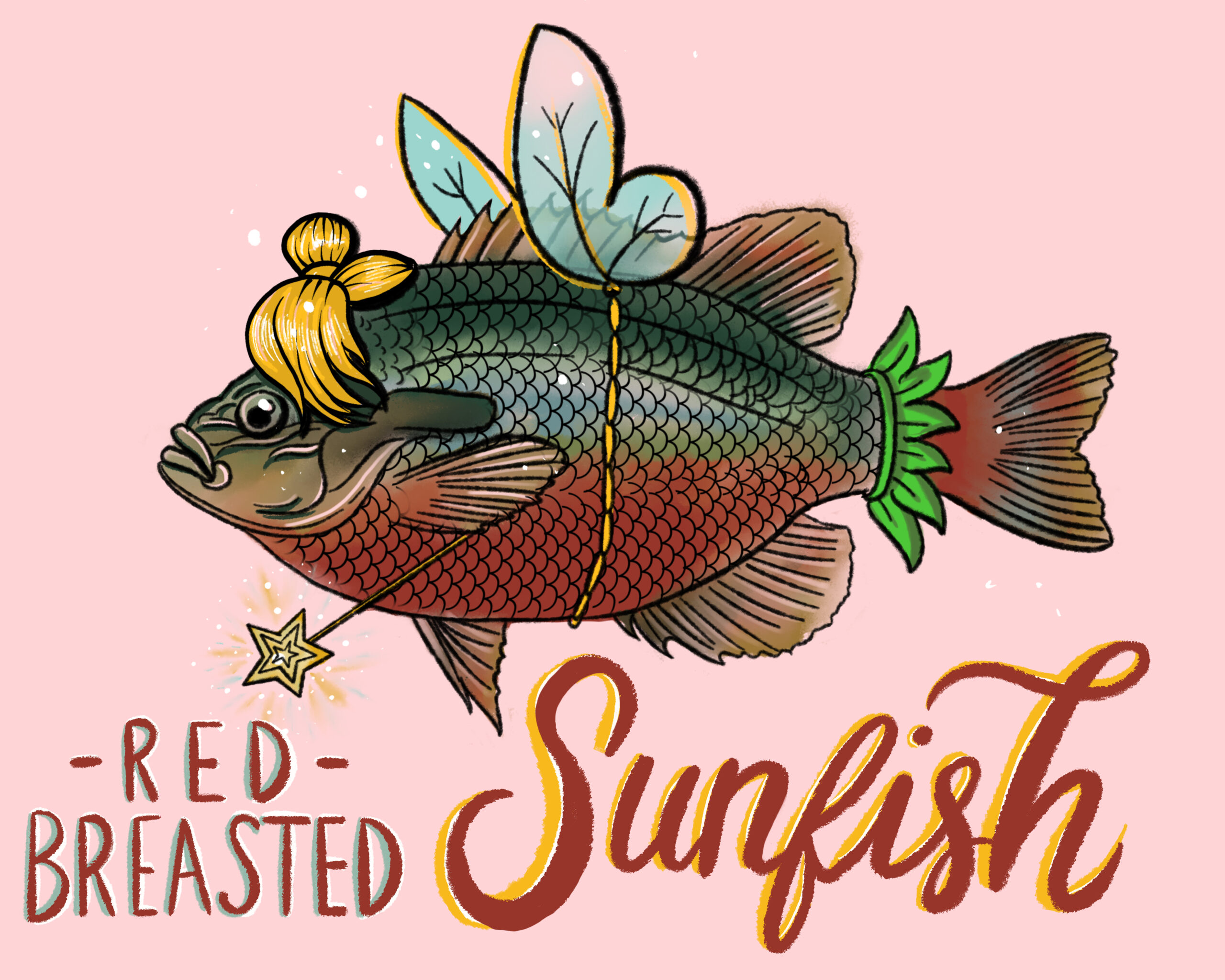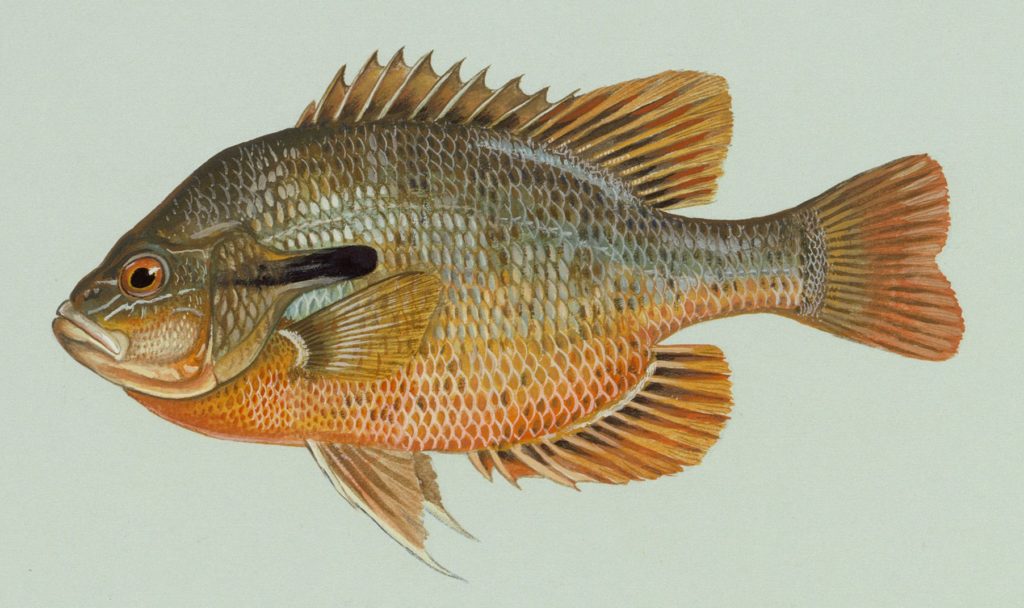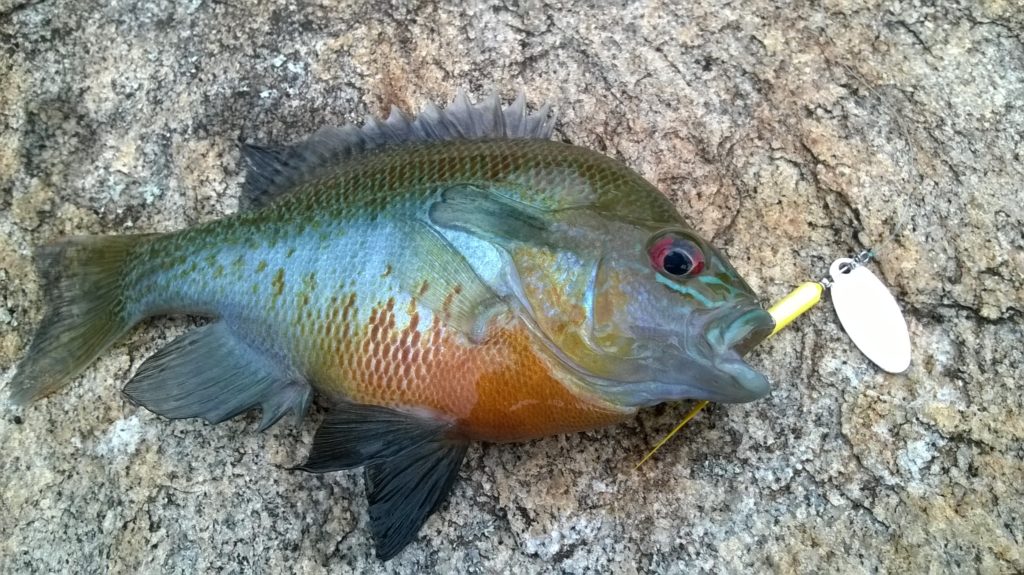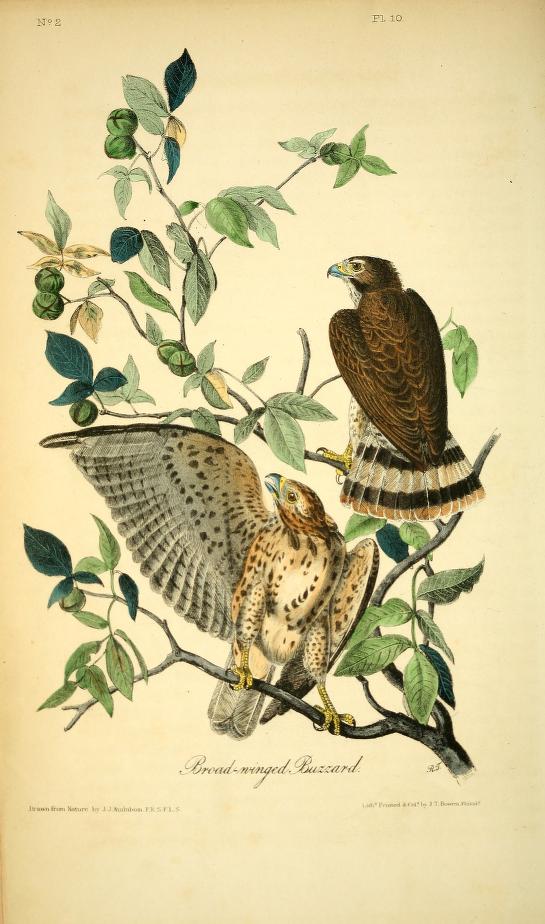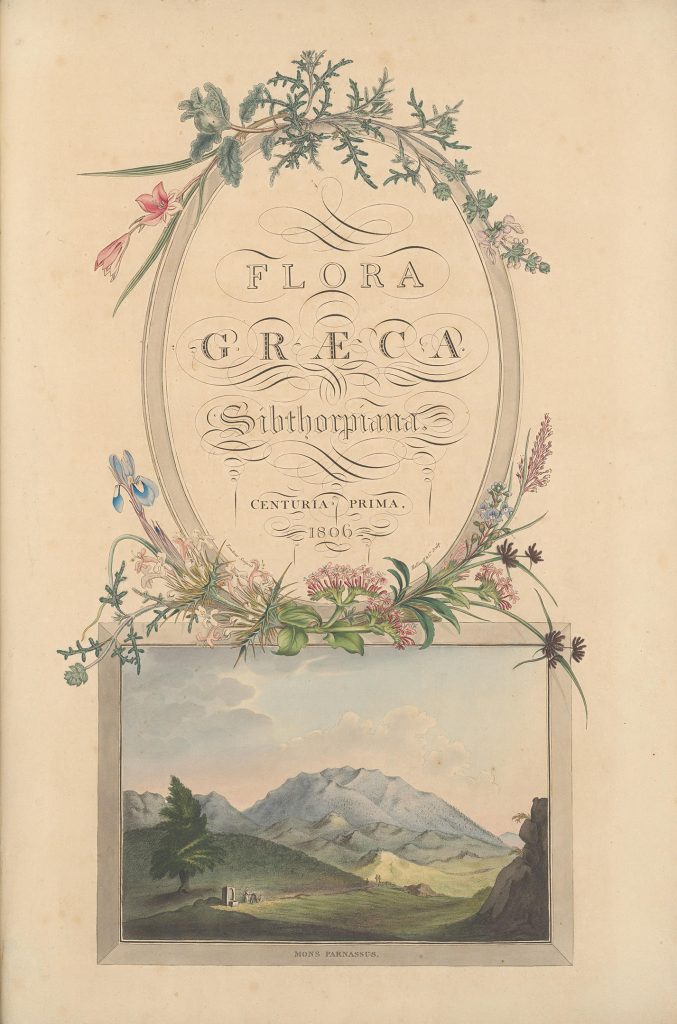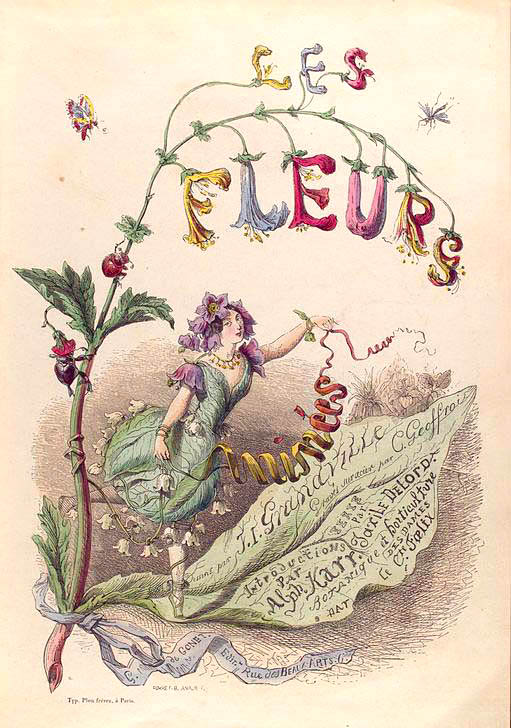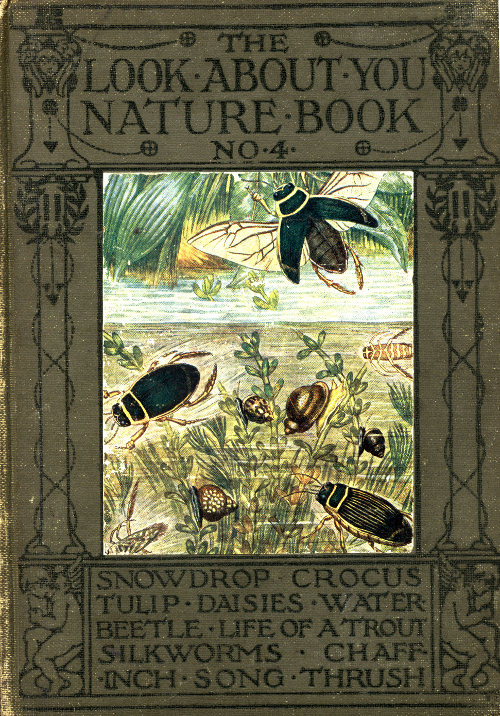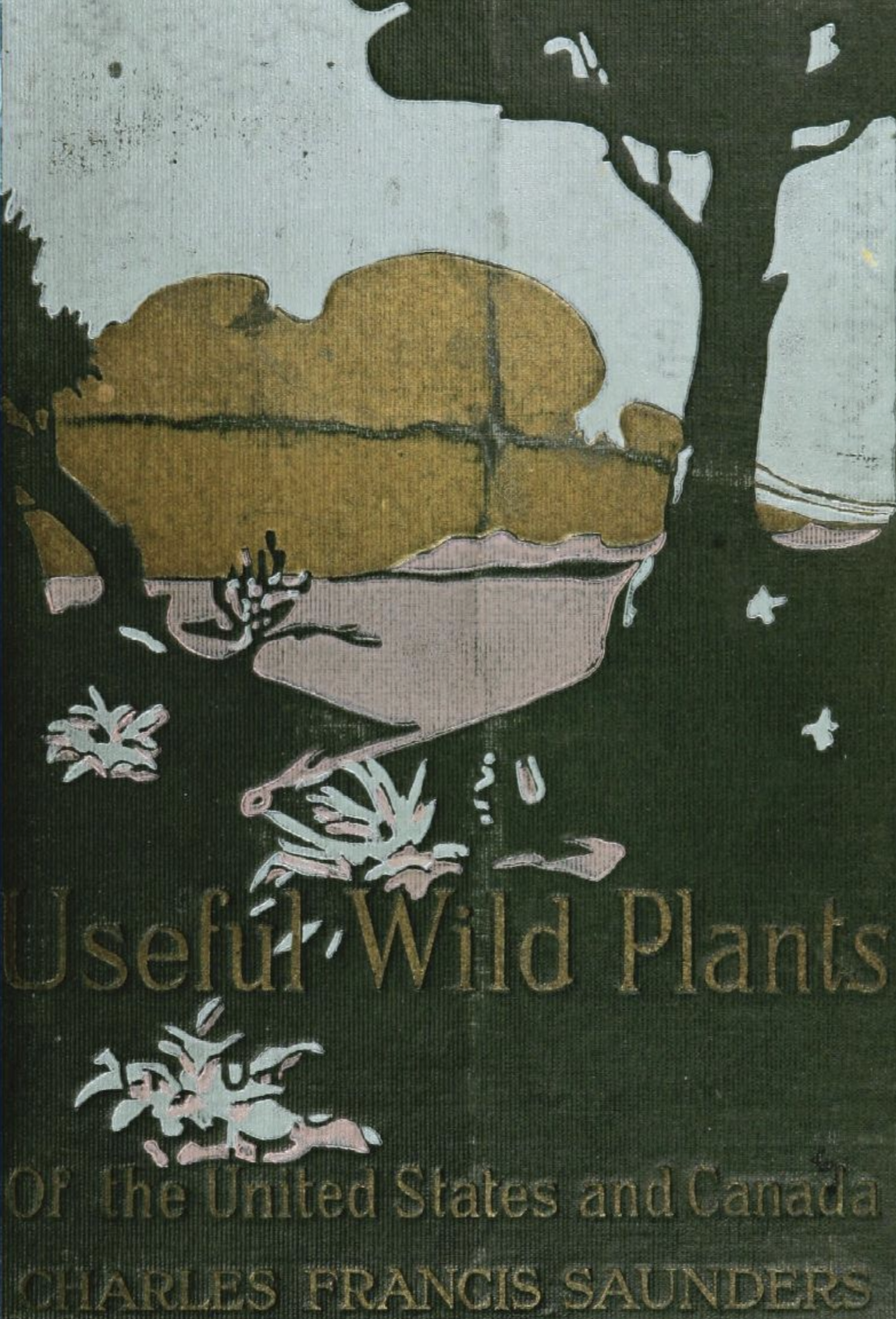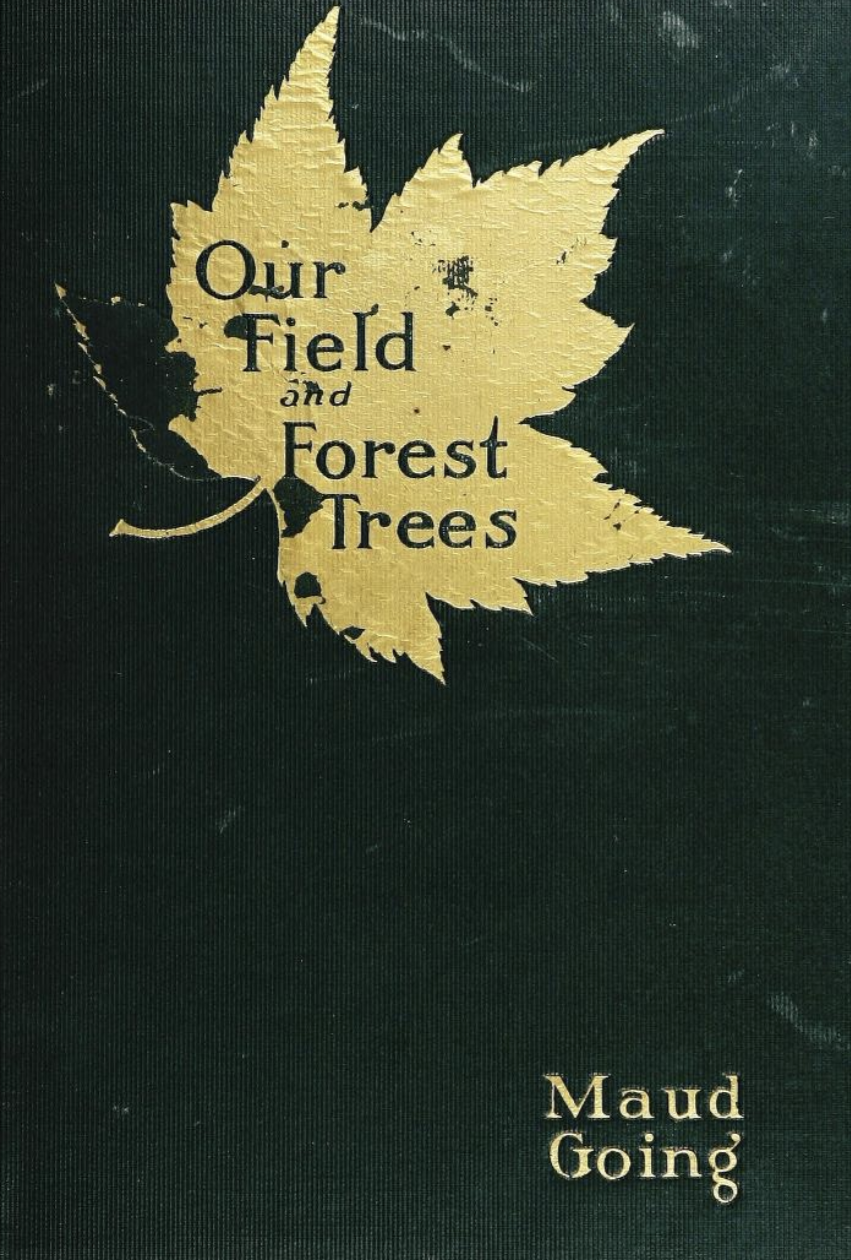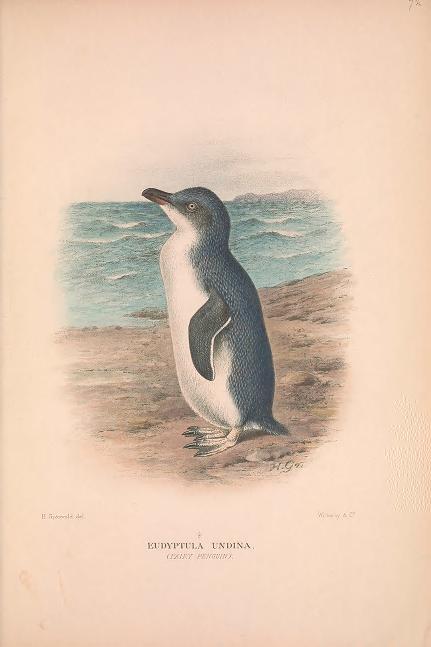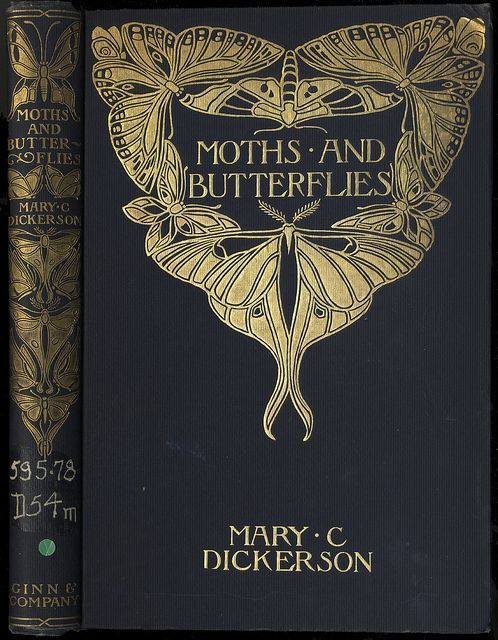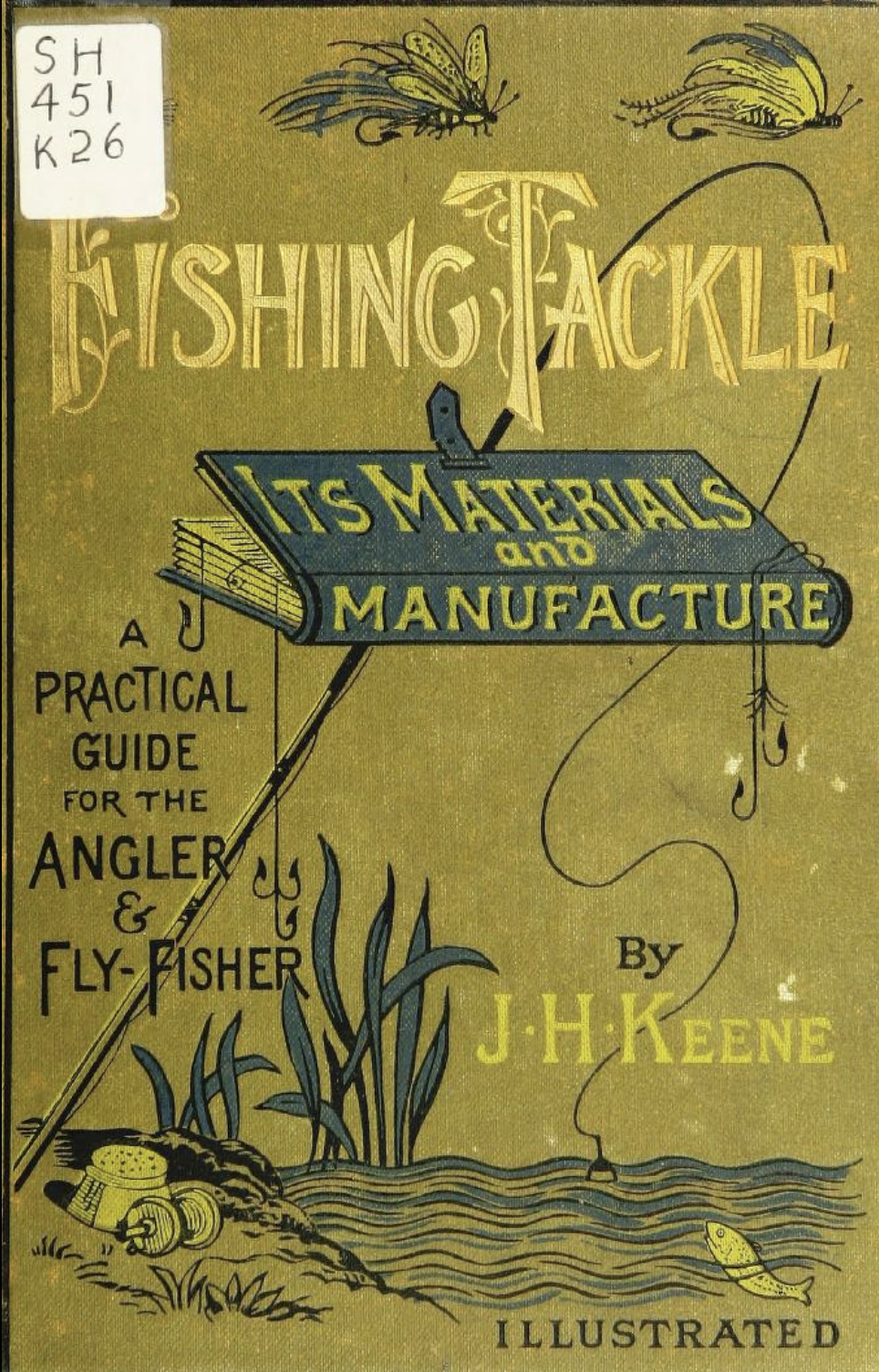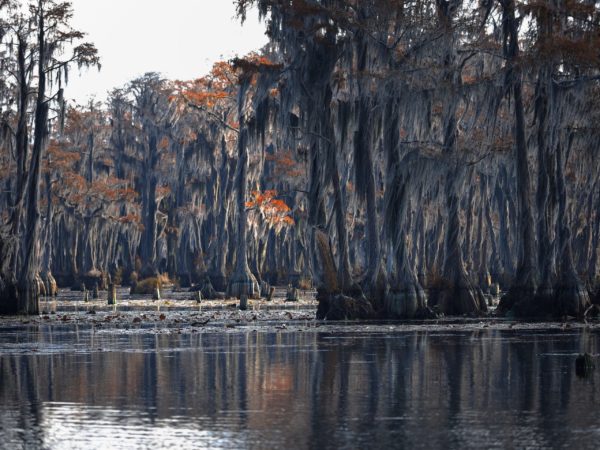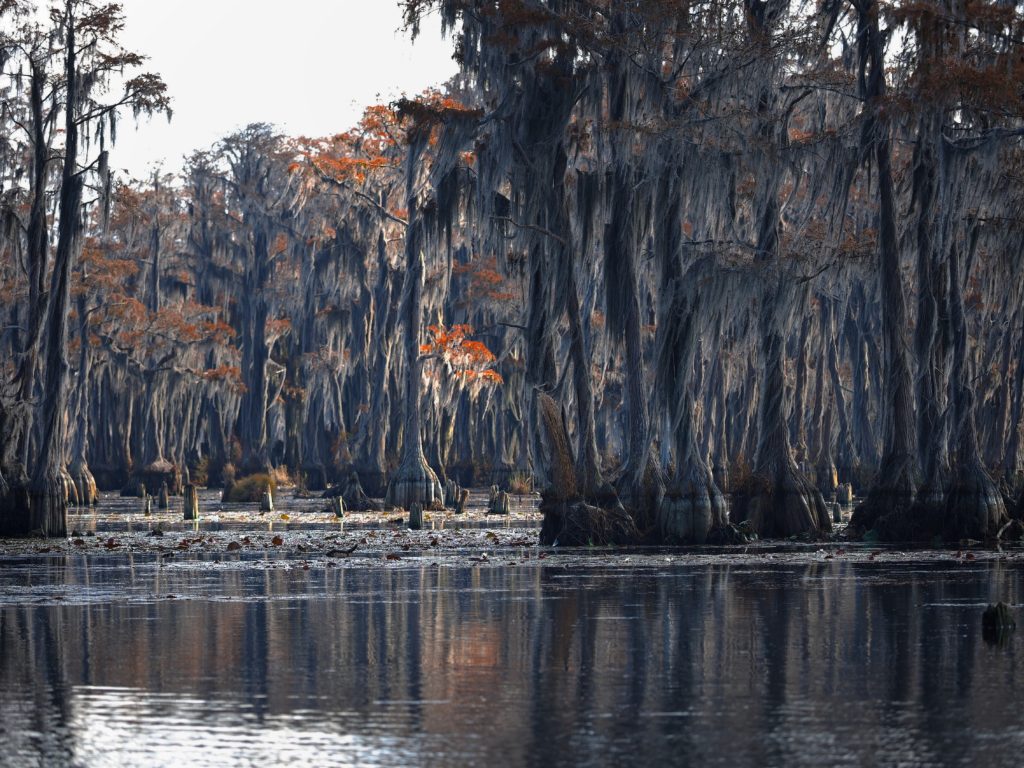
Watch your garden grow
Having fresh veggies is easy and fun.
Share your photos with Ogeechee Riverkeeper. Send in your sprout pictures to info@ogeecheeriverkeeper.org or tag us on social media.

Materials needed:
– Empty egg cartons (preferably paper/cardboard cartons)
– Spray water bottle
– Seed packets: tomatoes, zucchini, summer squash, watermelons, okra, sweet peppers, and/or marigold seeds & potting soil (can be ordered online or any other ag/garden supply store)
-OR- old potato(es), if you are not able to get seeds and potting soil
For seed packets:
- Poke small holes in the bottom of each “egg” for water to drain out.
- Fill each “egg” with soil, push a finger in the middle of the dirt up to the first or second knuckle (kids with small fingers)
- Drop in seeds (check package for amount of seeds per “egg”).
- Use a water spray bottle and spritz each “egg”.
- Check seed sunlight/shade preferences. Since egg cartons are light, you can move them around the yard for sun/shade needs!
- Once the seeds sprout and start to outgrow the cartons, you can replant them in a garden bed, large pot, etc. You can plant them directly into the ground in their paper/cardboard “egg” because they will decompose; if you used styrofoam cartons, you will need to transplant them.
- Make sure to separate each egg either by tearing or cutting.
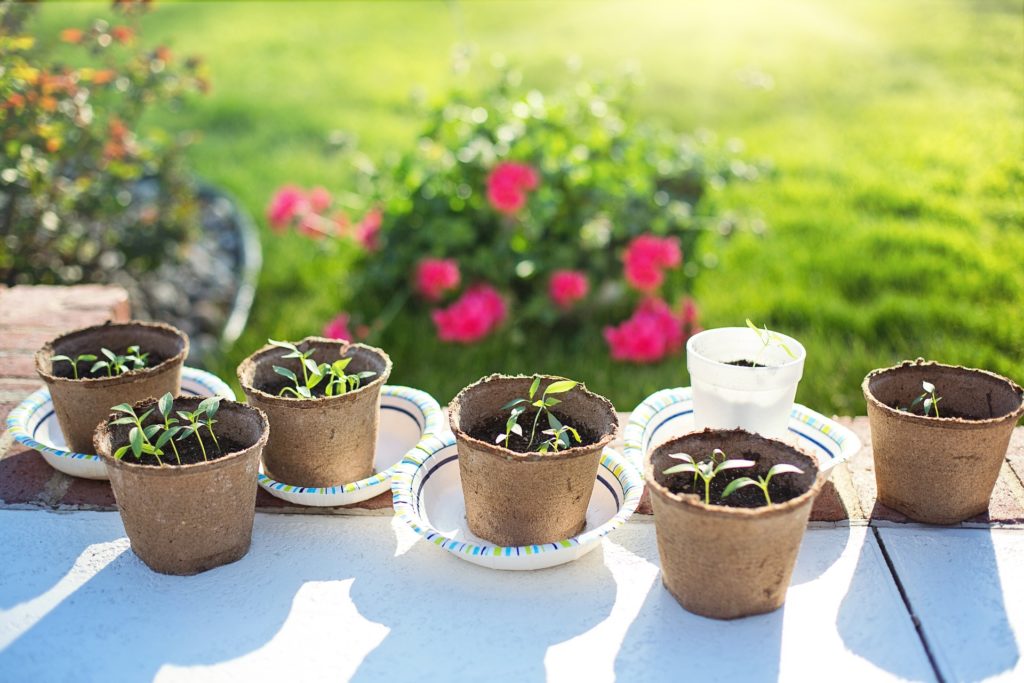
For old potatoes:
- Let a few potatoes grow sprouts, also known as “eyes”. These cannot be eaten so instead of throwing them away, you can plant them and they need very little care.
- Cut the potato in half or leave whole in most soil types, leaving the eyes exposed. They will sprout in sun or shade.
- Water right after you plant them and then let them do the rest of the work.
- Water 1-2 times per week if it has not rained.
- After potatoes stems have finished flowering, you can go on a scavenger hunt for the fresh, new potatoes in the soil!
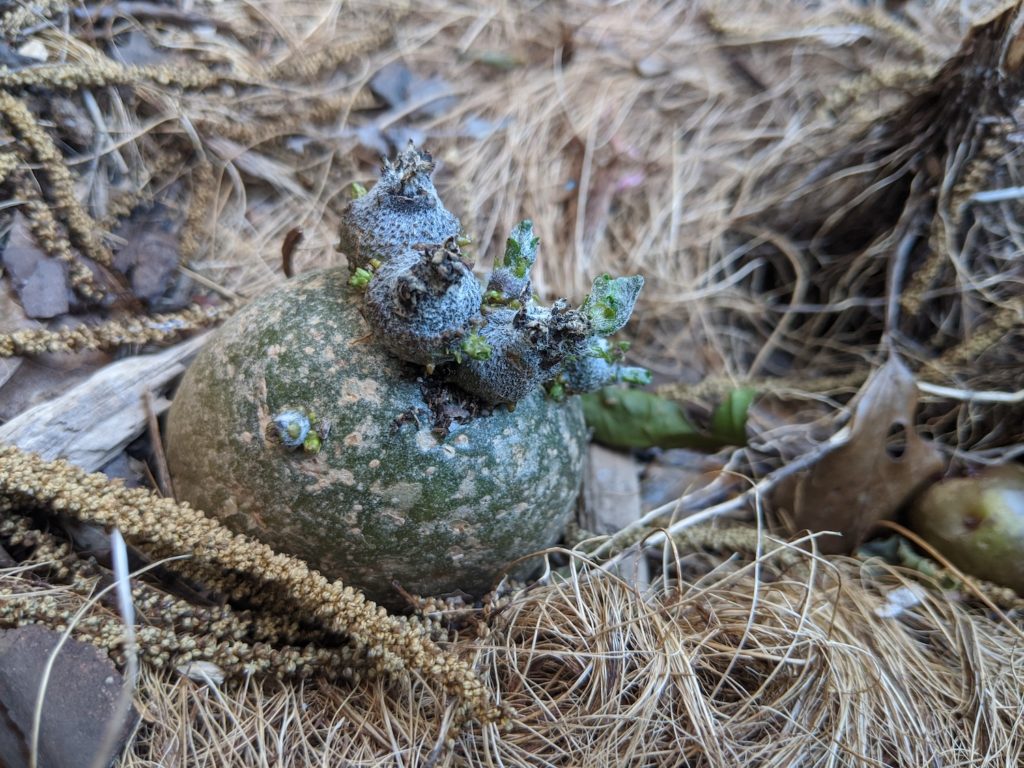
Potato eyes beginning to sprout
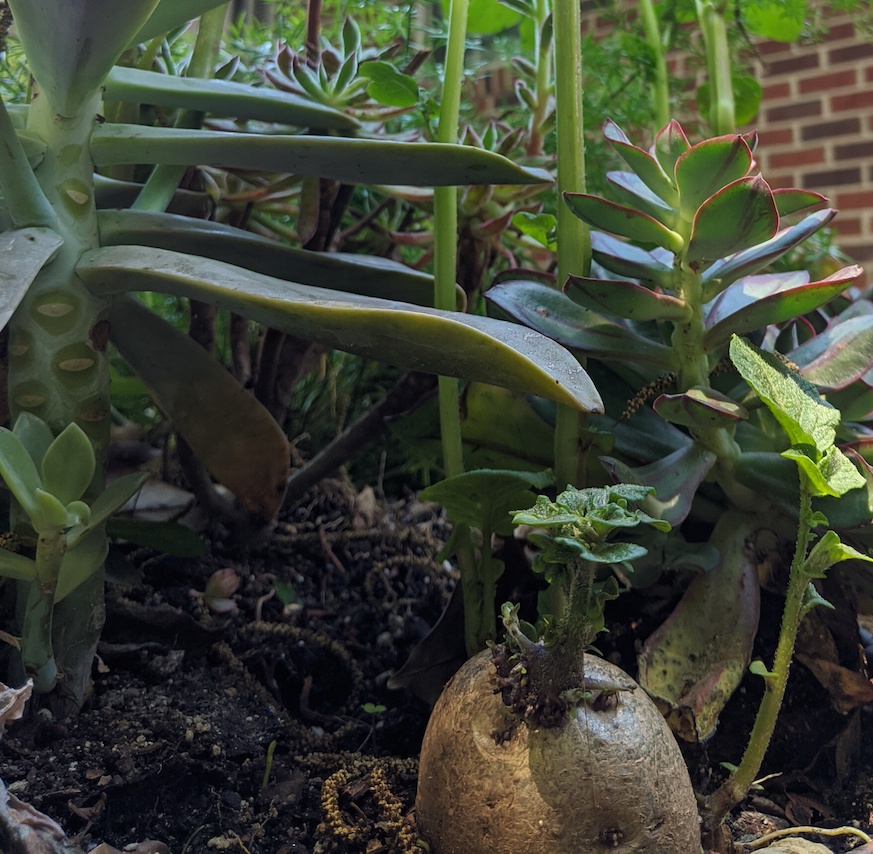
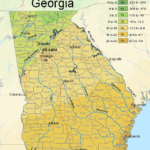 Need to know what will grow best in our watershed? Visit the UGA Extension Service or the USDA hardiness zone maps.
Need to know what will grow best in our watershed? Visit the UGA Extension Service or the USDA hardiness zone maps.
Remember to share your photos with Ogeechee Riverkeeper. Send in your gardening pictures to info@ogeecheeriverkeeper.org or tag us on social media with #ORKoutside.
Activity is open to all ages and meets the needs or can be combined with other activities for the following Georgia Standards of Excellence in science, earth systems and meteorology, depending on how in depth your activity is.
- S1L1. Obtain, evaluate, and communicate information about the basic needs of plants and animals.
- S2L1. Obtain, evaluate, and communicate information about the life cycles of different living organisms.
- SBO4.C. Obtain, evaluate, and communicate information to analyze the impact of plant diseases and pests on plant defense systems and agriculture.
- H.E1.5: Students will demonstrate the ability to use decision making skills to enhance health.
